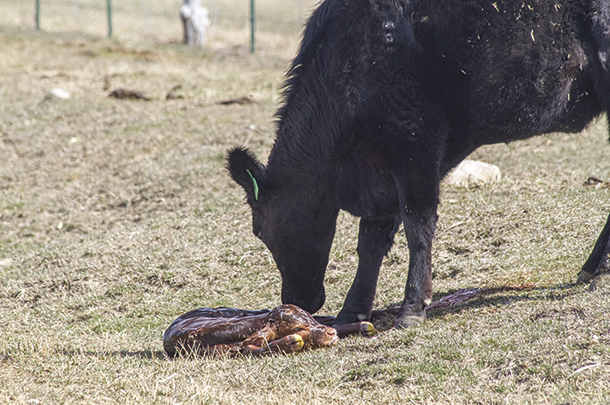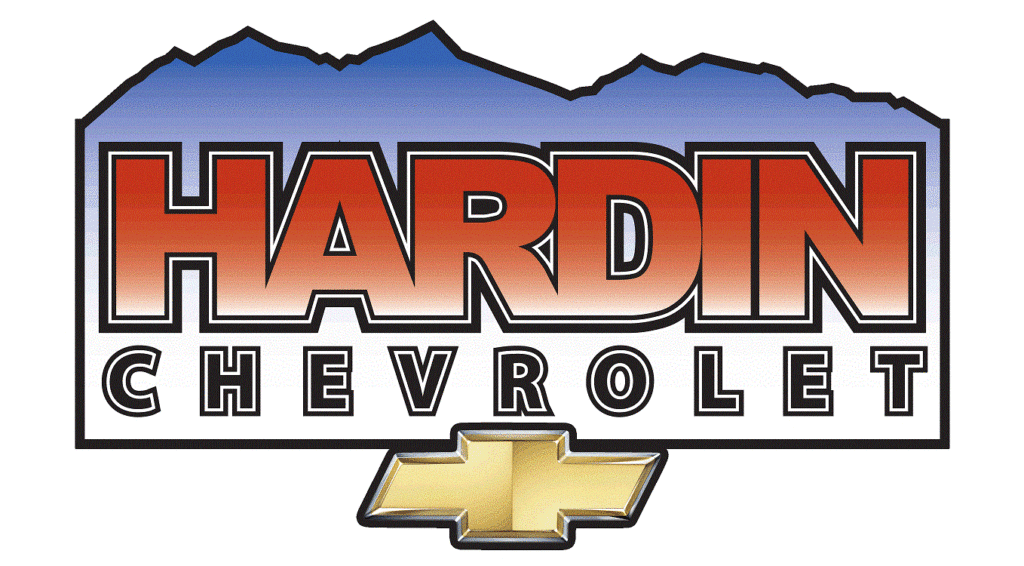The bond between mother and calf has several factors that can strengthen or mitigate that first encounter. Knowing how to create environmental attractors can boost maternal instincts among the herd.
How calves are born has a large impact on the strength of the bonding process, says Dr. Joe Stookey, professor at the University of Saskatchewan Department of Large Animal Clinical Sciences.
Recognition, receptiveness and hormones
“There is a biological principle for precocial animals. If young can mix with other young, mothers need to quickly figure out who they are – otherwise they might be caring for someone else’s offspring.”
Because calves are soon able to walk, there is risk of mixing, so recognition is key. He believes genetics plays a role in a cow’s receptiveness to bonding.
“The birthing process resets the clock, making them receptive to a newborn, but they don’t know anything about their calf when they’re born. They must learn about it and start to recognize it.”
He says hormonal profiles must be right for mothers to be receptive. “It’s about hormones and timing. When a calf is weaned, the cow doesn’t want another. She could be with 100 other calves and won’t take one as her own. She’s not receptive to newborns because of her hormonal profile.”
Stookey believes when receptive, the mother will begin the bonding process. “Genetic components control behavior and hormones. If receptive interest leads to the physical act of licking the calf, the deal is sealed. They are learning who their young are, what they smell and look like.”
Even with the best of intentions, sometimes events don’t go as nature intended.
Dr. Jack Whittier, director of the University of Nebraska Panhandle Research and Extension Center, preaches patience as a key to success. “A complex hormone system is involved in causing birth and initiating lactation. Like any biological system, it can get a little out of sequence. I prefer to wait and see rather than immediately jumping in trying to change something.”
He encourages producers to give mothers a chance to figure it out, especially heifers or younger cows. “Let the hormones and the situation do their work. Sometimes they just need some extra time and things will start to happen in the right way.”
Triggers help the bonding process
Certain triggers jump-start bonding even before the calf is born. Mothers are engaged early by the smell of pre-birth fluids. When the water bag breaks, embryonic fluids spill on the ground, and receptive mothers smell these and begin to show interest.
After the delivery, the newborn quickly becomes another trigger by moving and shaking its head. “This is a strong attractant,” says Stookey. “Before the calf is completely born, the cow is already interested because of the smell of the birth fluids, but once it starts swinging its head and flopping around, she is triggered even further.”
Interference with bonding
Outside forces are always waiting to interfere with bonding. Dystocia can be a large factor and, when present, excessive amounts of cortisol are released and occupy the mother’s brain.
“Cortisol overrides the fear response and will interfere with the bonding process. I don’t know how good cows are at multitasking, but they’re certainly not good at it with hormones,” Stookey says. Dystocia brings a higher probability of a cesarean section, which can also raise cortisol levels. He says females are six times more likely to reject their offspring when having a C-section or experiencing dystocia. “Of course, at times it must be done, but it comes at a price, and that’s bonding strength.”
Dr. Frank Garry, professor of clinical sciences at Colorado State University, says while the mother is affected hormonally by a stressful birth event or C-section, the calf is also influenced. “In a difficult birth, it may be quieter because it has more acidosis. It doesn’t have a lot of oxygen and will likely be somewhat depressed. It may lie very still. This, in turn, interrupts the triggers of the birth fluids and the calf trying to move.”
For heifers, this can be a severe roadblock, as they don’t have previous experience to draw on. “A heifer might look at the calf in this kind of situation and go, ‘I know I’m supposed to be doing something here, but I don’t really know what, so I’m just going to run away,’” says Garry.
Weather conditions also hamper events. When a mother calves in a snowbank or during inclement weather, it’s critical to first move the newborn to a more conducive situation before later carrying it to the calving barn. This will also disrupt the natural process.
Whittier urges producers to make sure the cow has a chance to smell and lick the calf first. “Try to get her to follow a sled or some conveyance low to the ground so she keeps sniffing it. If she is brought separately to the calving barn, and suddenly doesn’t want the calf, part of the reason is she doesn’t realize it’s her baby. It was moved without her watching.”
Positive actions to encourage bonding
Positive interactions push the bonding process in the right direction.
“Feed or chop could be sprinkled on the calf,” Stookey says. “They might show interest and by licking it get a taste of the embryonic fluids. Smearing some birth fluids on the lips and face of the cow sometimes helps jump-start the process.”
He says while many females will reject their offspring, they will never give birth, lick and smell their young and then abandon it. “It doesn’t happen. Once they lick and interact emotionally, the bonding and recognition is on.”
Garry sums it up by saying certain cows are so valuable because they have figured out the system. “When something is wrong at birth, if there is an environmental issue, if it’s too cold, they deal with the problem on the spot. They pay attention to the calf and lick it off, help it get moving around and direct it to the udder. They figure out the biological principle and do their part to keep the bond from being broken.” ![]()
PHOTO: Photo by Paul Marchant.
SOURCE: Bruce Derksen for Progressive Cattle Published on 24 December 2020








